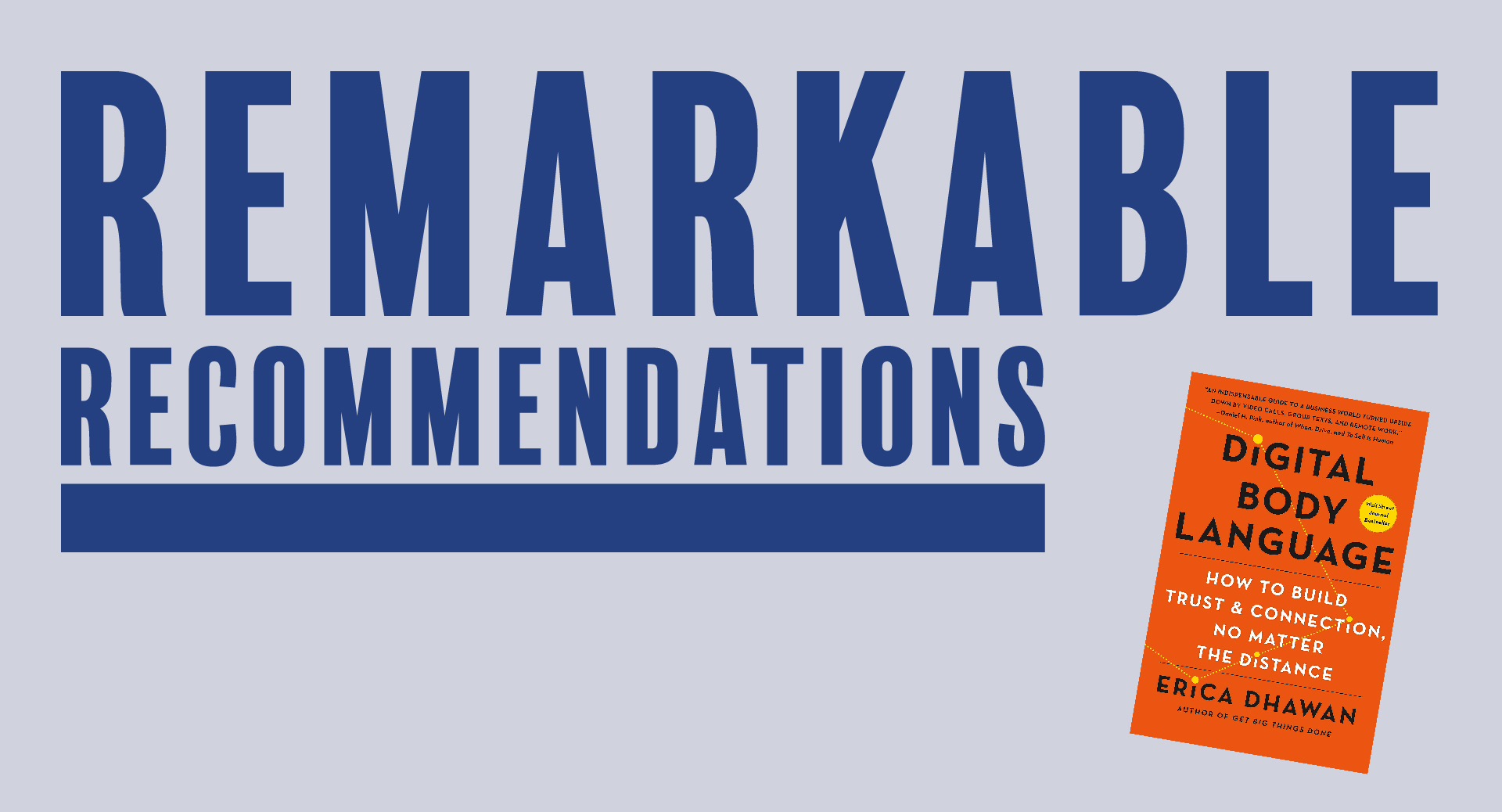 As humans, we begin learning about the role physical body language plays in communication almost immediately. We learn the subtleties and nuances behind posture, facial expression, and vocal inflection – the things that enhance (or sometimes say more than) the words themselves. But as digital communications increased, more and more of these interpretation tools were lost, often resulting in troubling miscommunication. The pandemic and the shift to many people working from home didn’t create this problem – it only highlighted and exacerbated it. Now more than ever, we need to become conversant and proficient at digital body language.
As humans, we begin learning about the role physical body language plays in communication almost immediately. We learn the subtleties and nuances behind posture, facial expression, and vocal inflection – the things that enhance (or sometimes say more than) the words themselves. But as digital communications increased, more and more of these interpretation tools were lost, often resulting in troubling miscommunication. The pandemic and the shift to many people working from home didn’t create this problem – it only highlighted and exacerbated it. Now more than ever, we need to become conversant and proficient at digital body language.
That is my introduction to, and my version of the thesis for the excellent and timely book by Erica Dhawan, Digital Body Language: How to Build Trust and Connection No Matter the Distance.
How many of these situations can you relate to?
- You sent an email that you wish you could take back.
- An email you receive leaves you wondering what it really means.
- You wonder how you come across on your Zoom meetings.
- There is concern that your instant messages may be misinterpreted.
- The value (and perception) of emojis gives you pause.
- You wonder how to build trust in a working world that will continue to have a significant virtual component.
If any of these scenarios ring true for you, you are thinking about the role of digital body language, and this book is for you.
Speaking from Experience
As an author, speaker, trainer, coach, and practitioner of remote leadership, I know that virtual communication increases the likelihood of miscommunication. I also know that trust is more important than ever, and perhaps harder to build. Having taught about many of these struggles, I know how real and top-of-mind they are.
It is from this place of knowledge and experience that I recommend this new book. Erica addresses the questions you have, the challenges you have experienced, and even identifies challenges you may not have considered yet but will immediately recognize. She shares fabulous examples for us as both senders and receivers in the communication process and gives practical and concrete advice.
Summary
Some of her examples will make you laugh. Others might make you cry. Most all will make you nod your head in agreement. She addresses digital body language in all the digital communication mediums. Insights on everything from email to instant messages, to texts, to use of web cams (or not!) in virtual meetings.
When you apply the ideas in this book, you will become a better communicator, a more conscious and intentional communicator, a better teammate, and a more confident and effective leader.
I encourage you to read it and use the ideas shared – because your future success depends on it.

0 comments